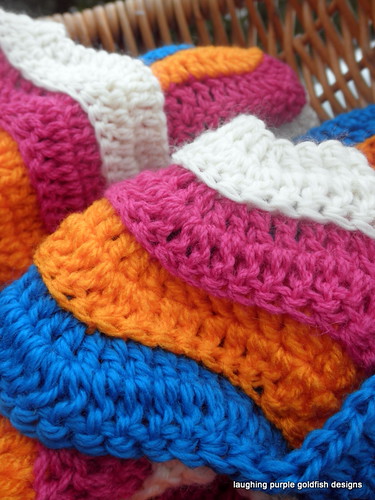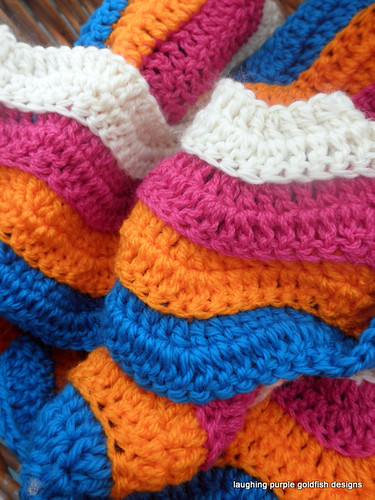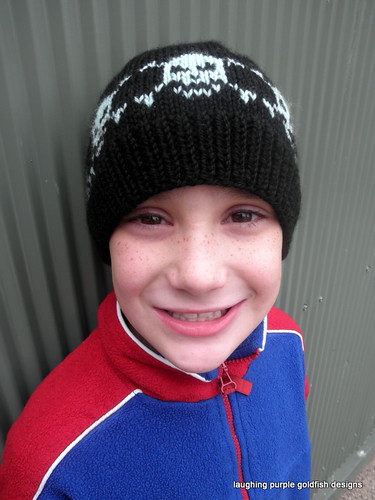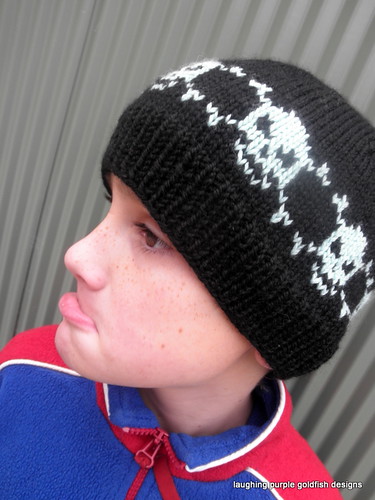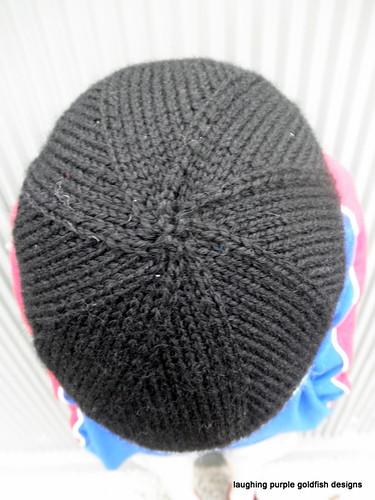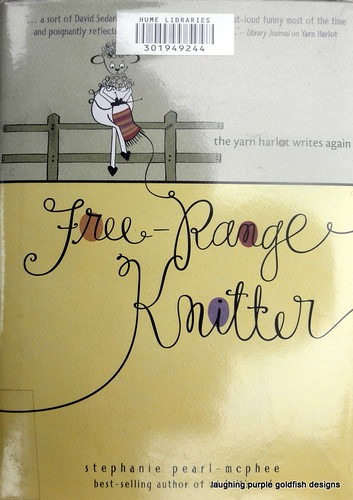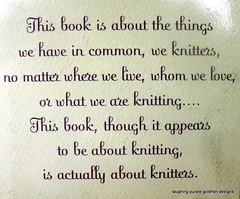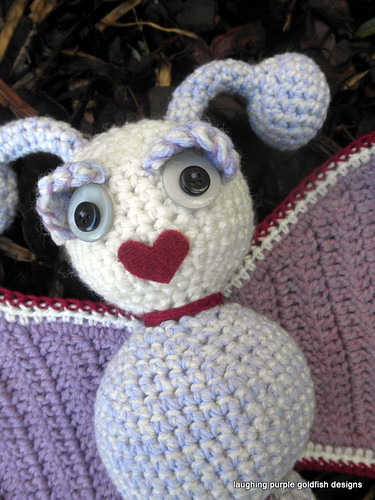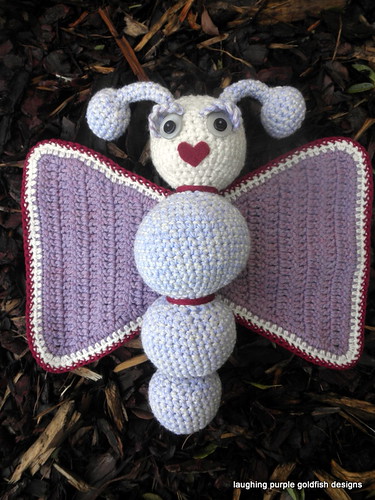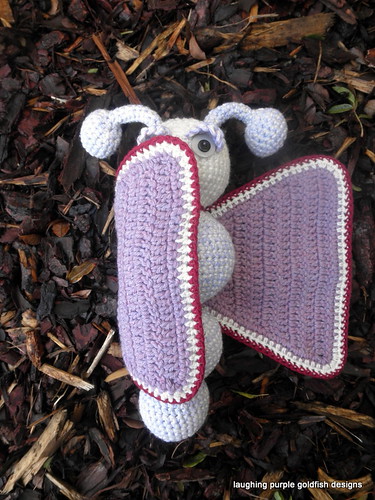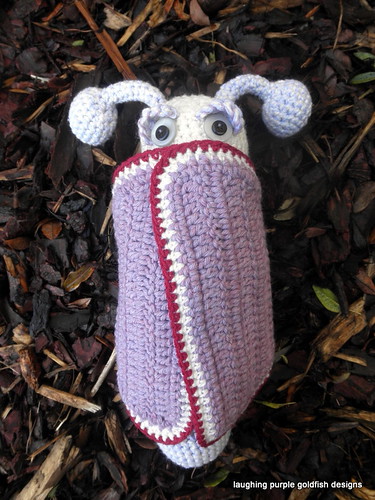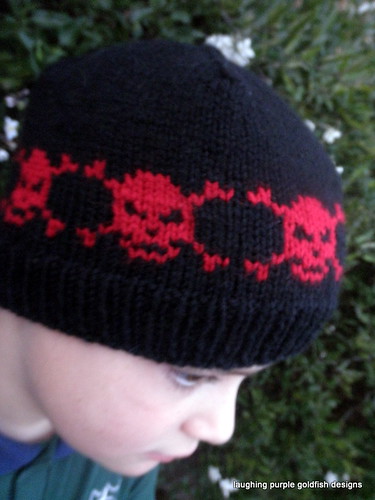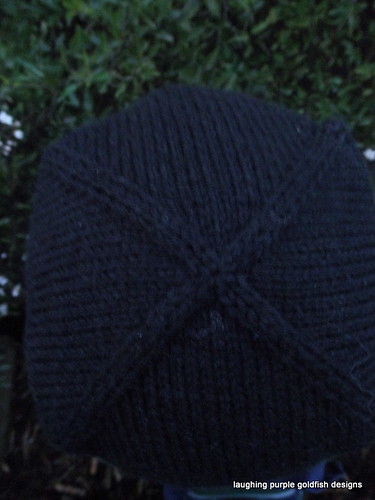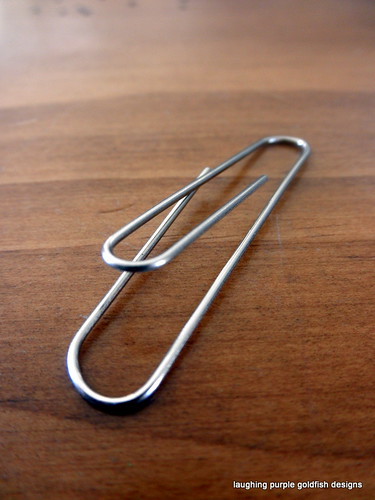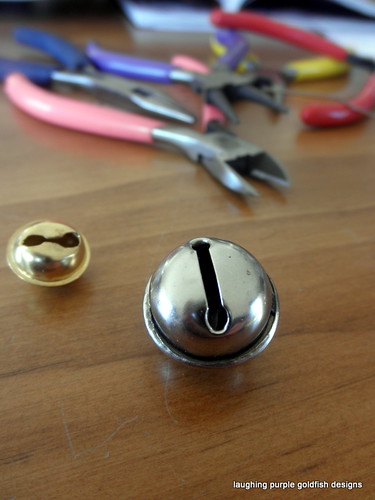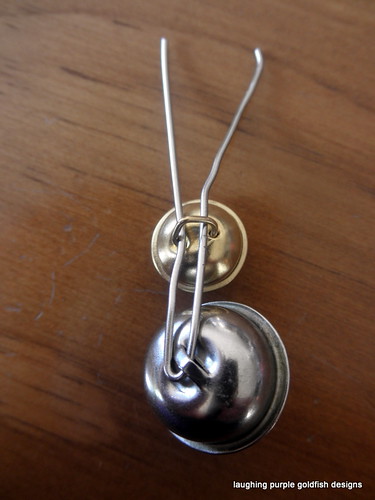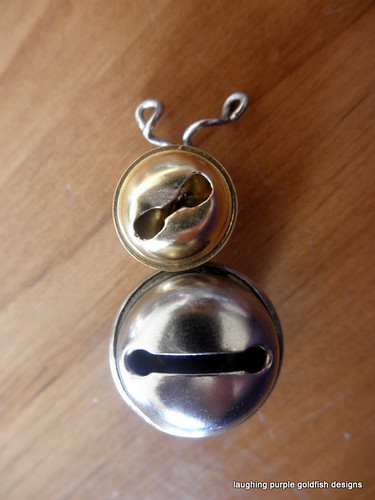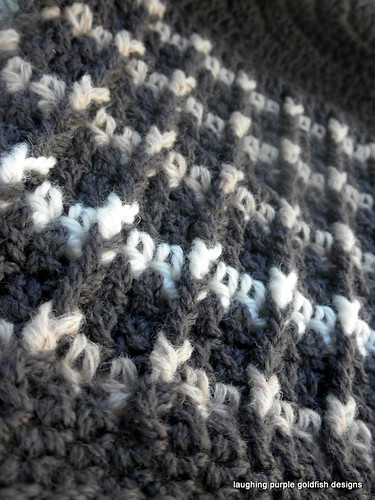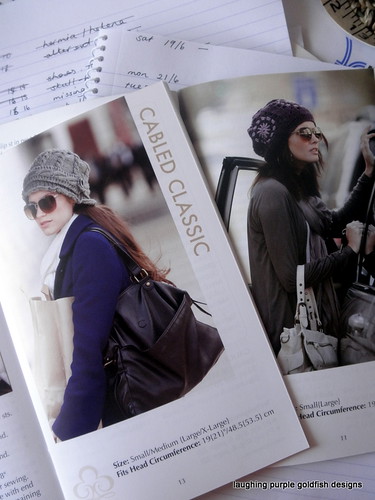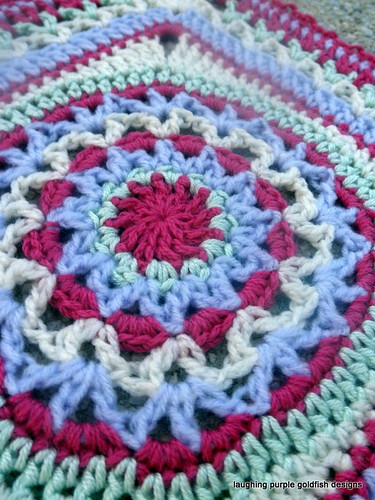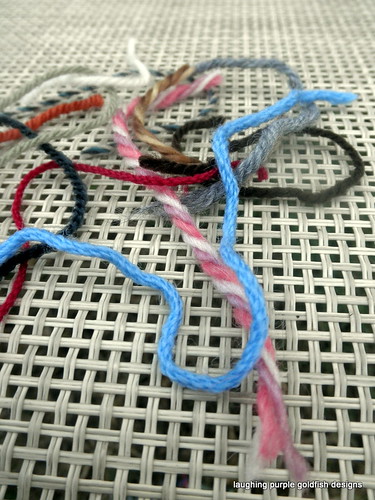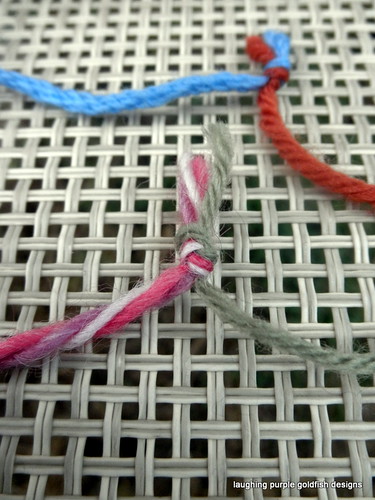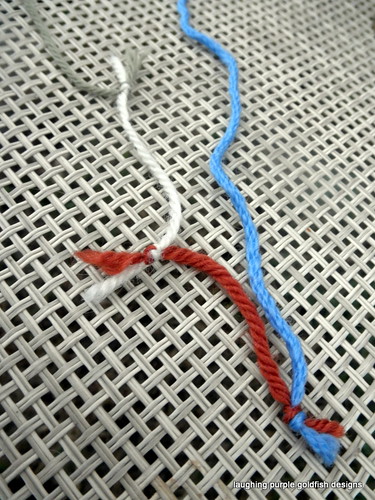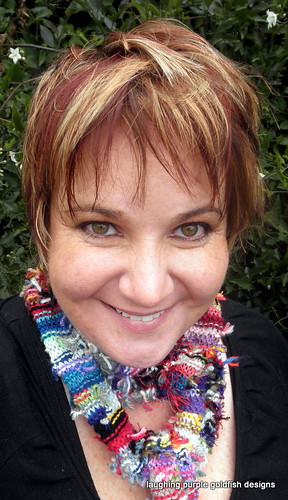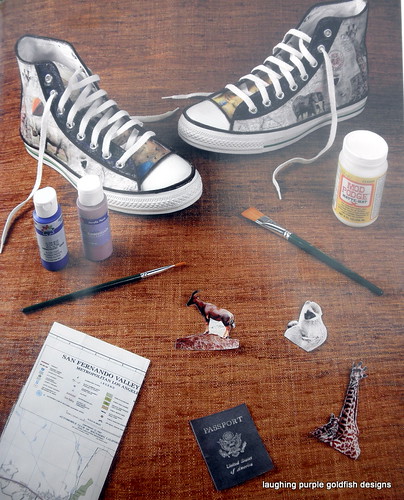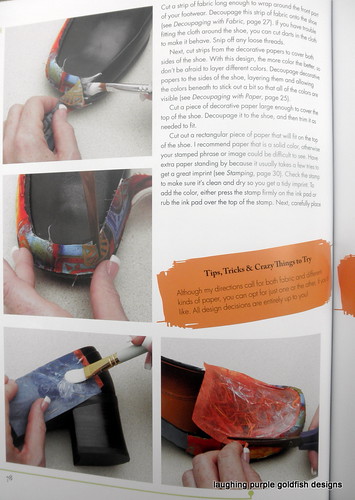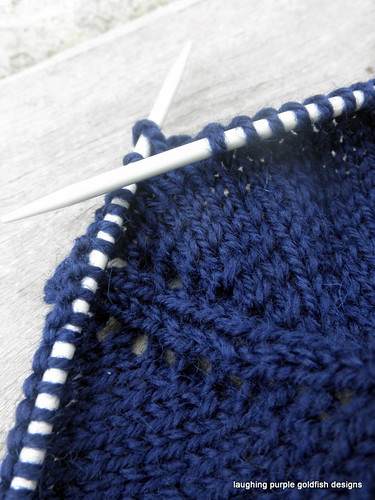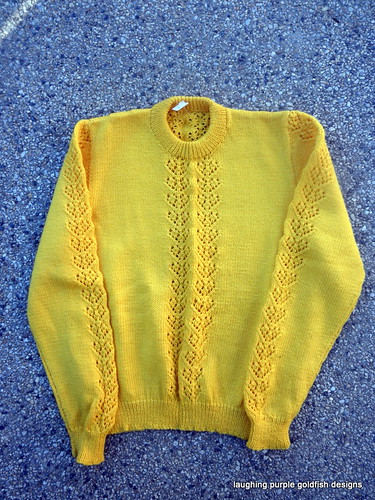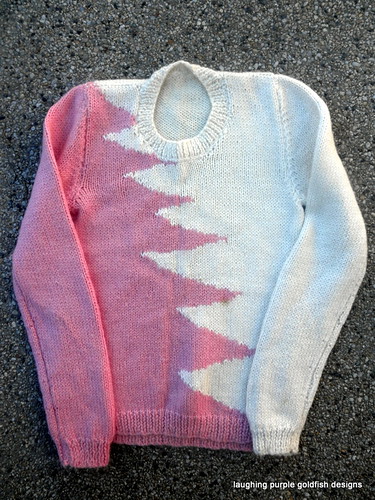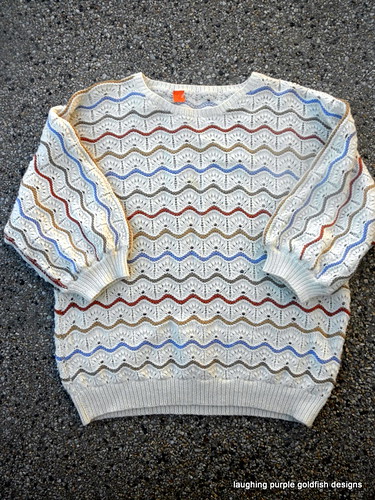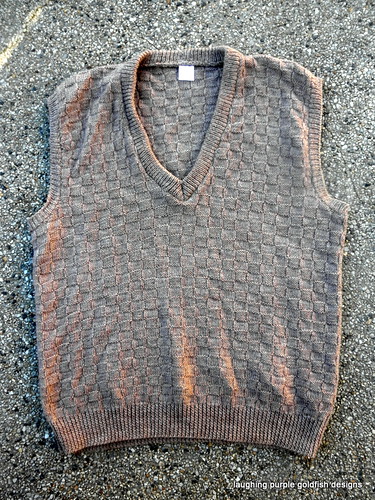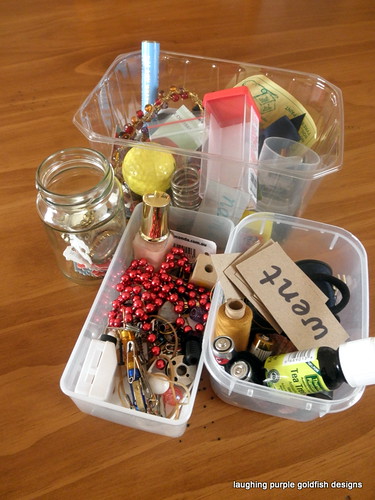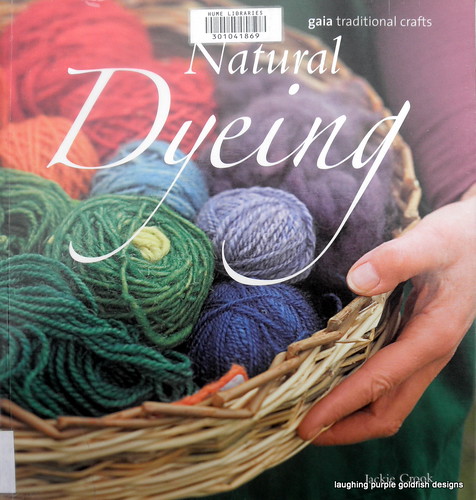
I've only dabbled a little bit with dyeing yarn.
Basically, I've worked using vinegar as a pre-mordant... food dye for the colouring... and the microwave method. It's fast, simple and effective - but it made me more curious about other methods of dyeing.
If you haven't experimented at home with your own microwave, then you might like to read about my experiences
here. It really is very simple.
Unfortunately the microwave in the Goldfish Household died several months ago. For some reason or another (in fact - I haven't really worked out the details yet myself) I didn't want it replaced. Mr Goldfish has offered over and over again to replace it, but I've been quite determined to live without it.
There's only been two occasions on which I have REALLY missed it...
First was when the cold nights started to roll in recently, and I realised that I had no way of heating my MICROWAVE HEAT BAGS... you know, those nice ones filled with wheat and lavender oil... oh so toasty on a cold winter's night??? Bit tricky to use if you don't have a microwave!
(oh... and if YOU know of another way to heat one... you simply MUST leave a comment for me... pleeeease)
The second occasion was when it dawned on me that you CAN'T dye in the microwave if you DON'T HAVE a microwave. AArghhhhh!
Anyway
I'm sure that the point of this post was to talk about the book I've been reading this week:
Natural Dyeing by Jackie Crook
published by Gaia Traditional Crafts
Jackie has been experimenting with dyeing all sorts of materials over the last twenty years... and she shares her knowledge very clearly in this book. There are loads of photos on every page, showing clear step-by-step instuctions of preparation, mordanting, and the actual dyeing process.
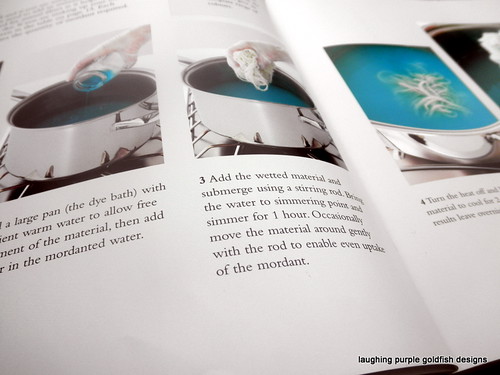
The book also discusses about 30 different natural dyes in great detail, including photos of the resuting colours when different mordants are used.

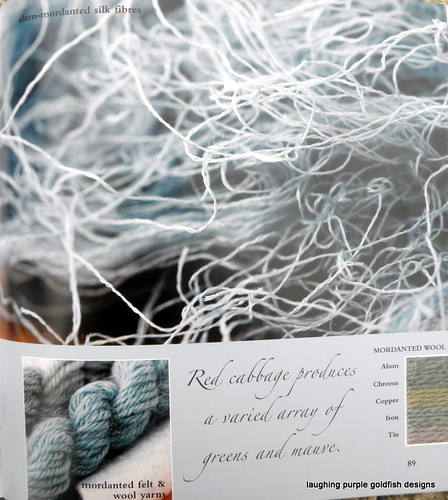
Despite the clear instructions, and all that useful information... I've become aware of two huge problems for me with this type of dyeing.
Number One - I don't want to stuff around with hazardous chemicals. The dyes themselves may be 'natural'... but you need to use a mordant to help the colour to set. There are five discussed in the book... three of which are hazardous. As far as I'm concerned, if I can't safely pour it down my kitchen sink - then I don't want to be experimenting with it.
(mind you... I have no hesitation in melting vinyl records in my oven, or crocheting with video cassette tape - go figure)
Number Two - Jackie grows her own ingredients, and after reading through the pages in the book, I can understand why. Most of them I have never even heard of. Nor are they readily available here. There are some everyday dyes, like onion and cabbage and turmeric... but most of the were rather obscure.
So
Interesting as it was to read about, I won't be experimenting any time soon.
Though I do have some plans to play around with eucalyptus leaves and solar dyeing... if only I could find a book on that!

